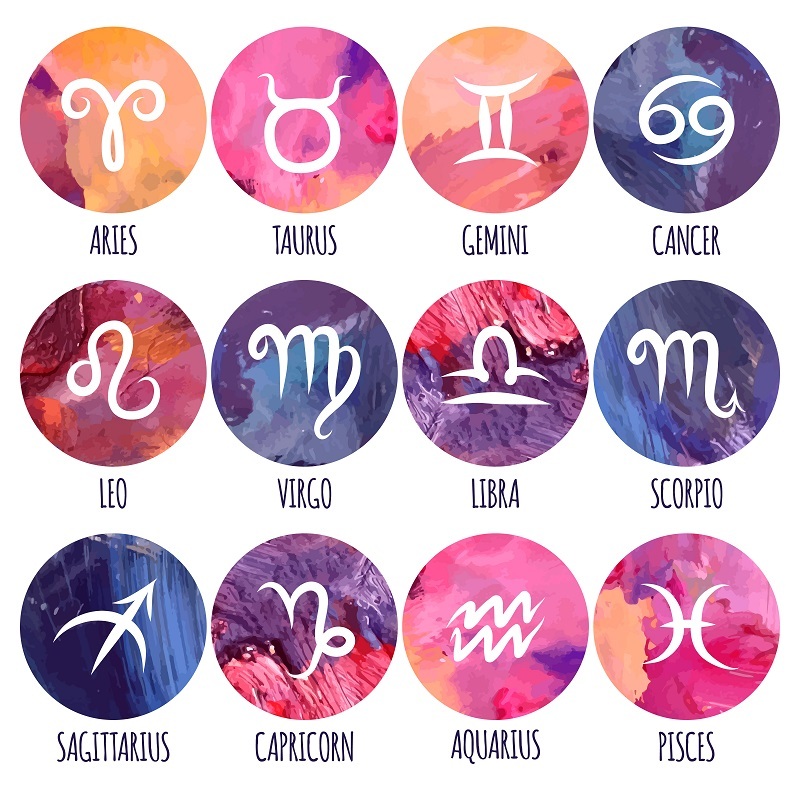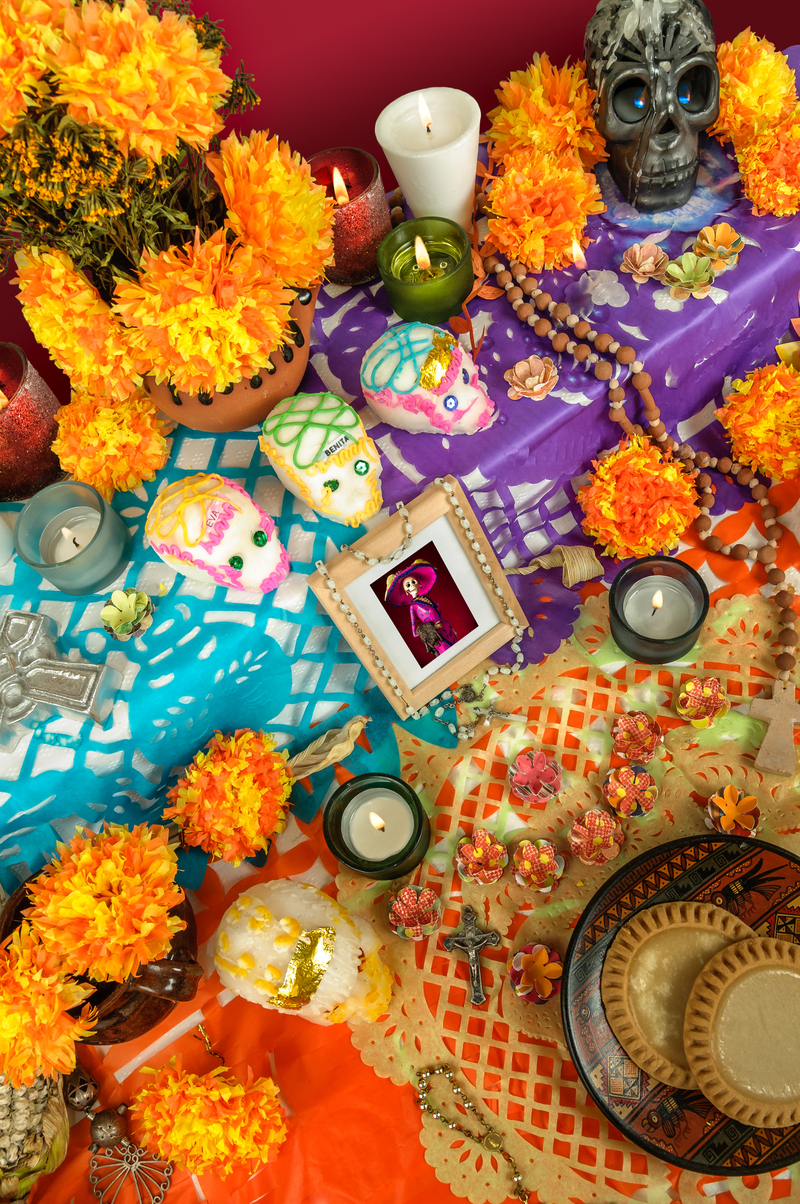Amazing Tulip Trivia: Explore Seven Lesser-Known Facts
Posted on 13/08/2025
Amazing Tulip Trivia: Explore Seven Lesser-Known Facts
Tulips are renowned for their vibrant colors, tidy cup shapes, and their starring role in spring gardens. But beneath the petals lies a trove of intriguing stories and surprising details. Whether you are a botany enthusiast, a gardening fan, or just appreciate beautiful blooms, these amazing tulip trivia facts will captivate your curiosity. In this article, we will explore seven lesser-known tulip facts that reveal the fascinating history and science behind this famous flower.

1. The Tulip's Journey: Not Native to the Netherlands
When you think of tulips, you likely picture vast Dutch fields awash in color. However, one of the most surprising tulip facts is that the tulip is not native to the Netherlands. The iconic flower actually hails from Central Asia.
Central Asian Origins
- Tulips first grew wild on the slopes and steppes of what is now Kazakhstan, Uzbekistan, and bordering regions.
- The flowers were considered symbols of abundance and paradise among Persians and later, Turks.
- Turkish sultans cultivated them in palace gardens in Istanbul as early as the 10th century, making tulips a royal favorite before their European fame.
It wasn't until the late 16th century that tulip bulbs made their way to Western Europe, where they enchanted the Dutch and sparked a floral revolution. Understanding this unexpected tulip tale adds depth to their cultural significance.
2. The Pricey Petal: Tulip Mania and Economic History
Among amazing trivia about tulips, the story of Tulip Mania stands out. In the early 1600s, the Netherlands witnessed what is now regarded as the first speculative bubble: people bought and sold tulip bulbs for astronomical prices.
Tulip Mania Highlights
- At its peak, a single tulip bulb could cost more than a house in Amsterdam.
- Speculators traded tulip contracts on stock exchanges, driving up prices beyond reason.
- The dramatic crash in 1637 devastated fortunes and left a lasting economic cautionary tale.
This fascinating episode reveals how deeply tulips shaped Dutch history. The event not only influenced the financial world but also cemented the tulip's iconic status in art and pop culture.
3. A Rainbow of Colors--Except Blue
Tulips are celebrated for their incredible range of colors: red, yellow, white, purple, and even black. However, one hue remains elusive in the world of tulips.
The Mystery of the Blue Tulip
- Tulip breeders have spent centuries trying to produce a true blue tulip--without success.
- The pigments in tulip petals do not naturally create blue, despite the appearance of some violet and lilac varieties.
- Genetic engineering has occasionally produced blue-ish tulips, but not a genuine, vibrant blue version yet.
This ongoing quest for a blue blossom keeps breeders and scientists intrigued. Next time you see a tulip display, try to spot this missing color!
4. Edible Petals and a Wartime Survival Story
Not many realize that tulip petals are edible. This aspect is often overlooked in tulip trivia, but it's historically significant and surprisingly practical.
Tulips as Food
- During World War II, especially in the winter of 1944-45, the Dutch suffered famines.
- Desperate for food, many people boiled and ate tulip bulbs and petals to survive.
- Though most tulip petals are not harmful, some can taste bitter or cause mild illness if consumed in large quantities, so caution is advised.
Tulips not only brought beauty but also sustenance in dark times. Today, some chefs use tulip petals as elegant garnishes in springtime dishes, adding a delicate floral note.
5. The Secret to Their Blooming Time: Photoperiodism
Ever wondered how tulips know when to bloom each spring? This lesser-known tulip fact is owed to a fascinating biological process: photoperiodism.
Understanding Photoperiodism in Tulips
- Tulips sense changes in daylight length through specialized cells, which trigger flowering as days get longer.
- This ensures tulips bloom at the perfect time for pollinators and for gardeners to enjoy their beauty.
- The required chilling: Tulip bulbs also need a cold period to "reset" their internal clocks, explaining why they thrive in regions with frosty winters.
This scientific marvel makes tulips remarkably reliable and is why gardeners in different climates must often refrigerate bulbs before planting them in warmer areas.
6. Tulip Varieties and the "Broken" Tulip Mystery
If you've ever admired a tulip with dramatic flame-like streaks of color, you've witnessed the enchanting phenomenon of the "broken tulip." But there's more to this story than meets the eye.
The True Cause of Broken Tulips
- In the 17th century, these uniquely patterned tulips were the rarest and most prized varieties, selling for enormous sums.
- For centuries, gardeners did not realize these streaks were caused by a virus, now named the Tulip Breaking Virus.
- While beautiful, the virus actually weakens and eventually kills the plant over time.
Modern-day breeders have developed safe cultivars that mimic the effect without the harmful virus, letting gardeners enjoy these mesmerizing tulip varieties without the risk.
7. Symbolism: Tulips Across Cultures and Time
Amazing tulip trivia would not be complete without exploring the rich symbolism of this beloved flower. Throughout history and across cultures, tulips have taken on remarkable meanings.
The Language of Tulips
- In Persian poetry, the tulip was a symbol of perfect love and immortality.
- In Turkish culture, the tulip symbolizes paradise on earth and remains a national emblem--visible in intricate Ottoman tilework.
- During the Victorian era, Europeans saw red tulips as a declaration of true love, while yellow tulips came to signify cheerful thoughts.
Today, tulips continue to symbolize hope, renewal, and the coming of spring--making them a favorite in festivals and bouquets worldwide.

Bonus Tulip Trivia: Fun Facts in a Flash
- There are over 3,000 registered tulip varieties in the world, and new ones are developed each year.
- The annual Keukenhof Gardens Tulip Festival in the Netherlands features more than seven million tulips.
- Canada receives thousands of tulip bulbs from the Netherlands each year in gratitude for sheltering the Dutch royal family during World War II.
- Some wild tulip species grow to just six inches tall, while cultivated varieties can reach up to two feet.
- The scientific name Tulipa is thought to come from the Persian word for 'turban,' reflecting the flower's shape.
Conclusion: Celebrate the Marvel of Tulips
From their unexpected Central Asian roots to their role in food, finance, and festivals, tulips are far more than pretty faces in the garden. Their vibrant legacy touches history, science, and culture alike. Next time you stroll through a tulip field, remember these amazing tulip trivia gems and share them with friends to spread the wonder of one of nature's most iconic flowers.
Whether you are growing tulips at home, visiting a tulip event, or just marveling at their beauty, these lesser-known facts will deepen your appreciation for this timeless bloom.
Did you enjoy these tulip trivia facts?
Share your favorite tulip memories or trivia below, and keep exploring the incredible world of flowers!







